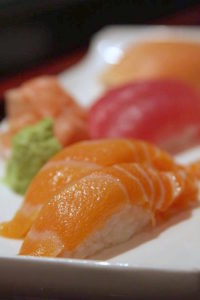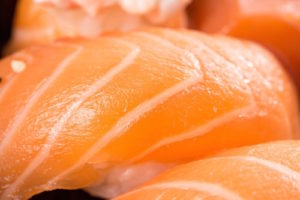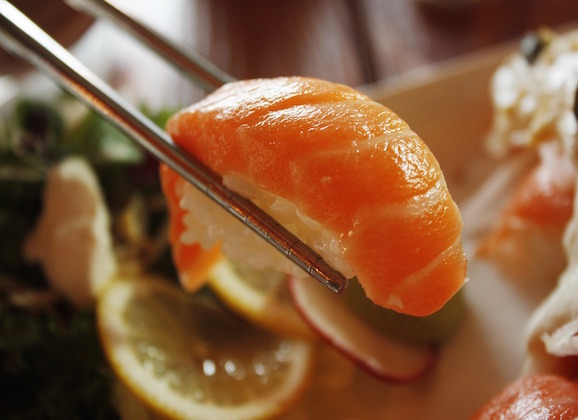 Attention all sushi lovers, you may want to rethink ordering that spicy salmon roll for a while.
Attention all sushi lovers, you may want to rethink ordering that spicy salmon roll for a while.
A parasite, known as the Japanese broad tapeworm, has been found in wild salmon caught in Alaska recently, and the Center for Disease Control wants consumers to know it’s possible salmon caught anywhere off North America’s Pacific coast could be affected, too, according to USA Today.
The parasite is usually found in salmon caught in Asia’s Pacific coasts, but is now being linked to salmon that tends to make its way to the U.S.
And because salmon are often packed in large quantities and placed on ice, the tapeworm’s larvae have a good chance of survival. That means salmon being transported to Europe, China, and parts of the U.S. are at risk from receiving salmon affected by the tapeworm.
There are four species of salmon known to be commonly affected by the Japanese tapeworm, according to USA Today. They are chum salmon, masu salmon, pink salmon, and sockeye salmon.
In order to ensure the parasite does not affect a consumer, those who are salmon lovers are encouraged to cook the salmon, in turn killing the parasite.
That means eating raw salmon in sushi rolls isn’t a good idea until the problem has been remedied.
Although many who end up consuming the parasite are asymptomatic, in some cases abdominal pain and nausea are reported, and in rare cases more serious illness is reported.
Medications are available to treat those infected by the tapeworm. For more information visit the CDC’s health page by clicking here.

















